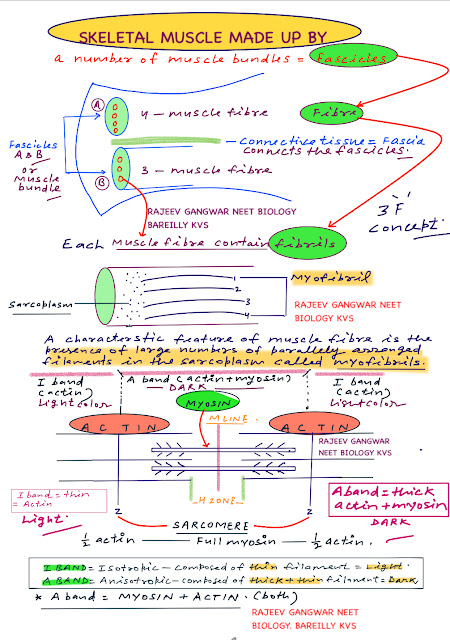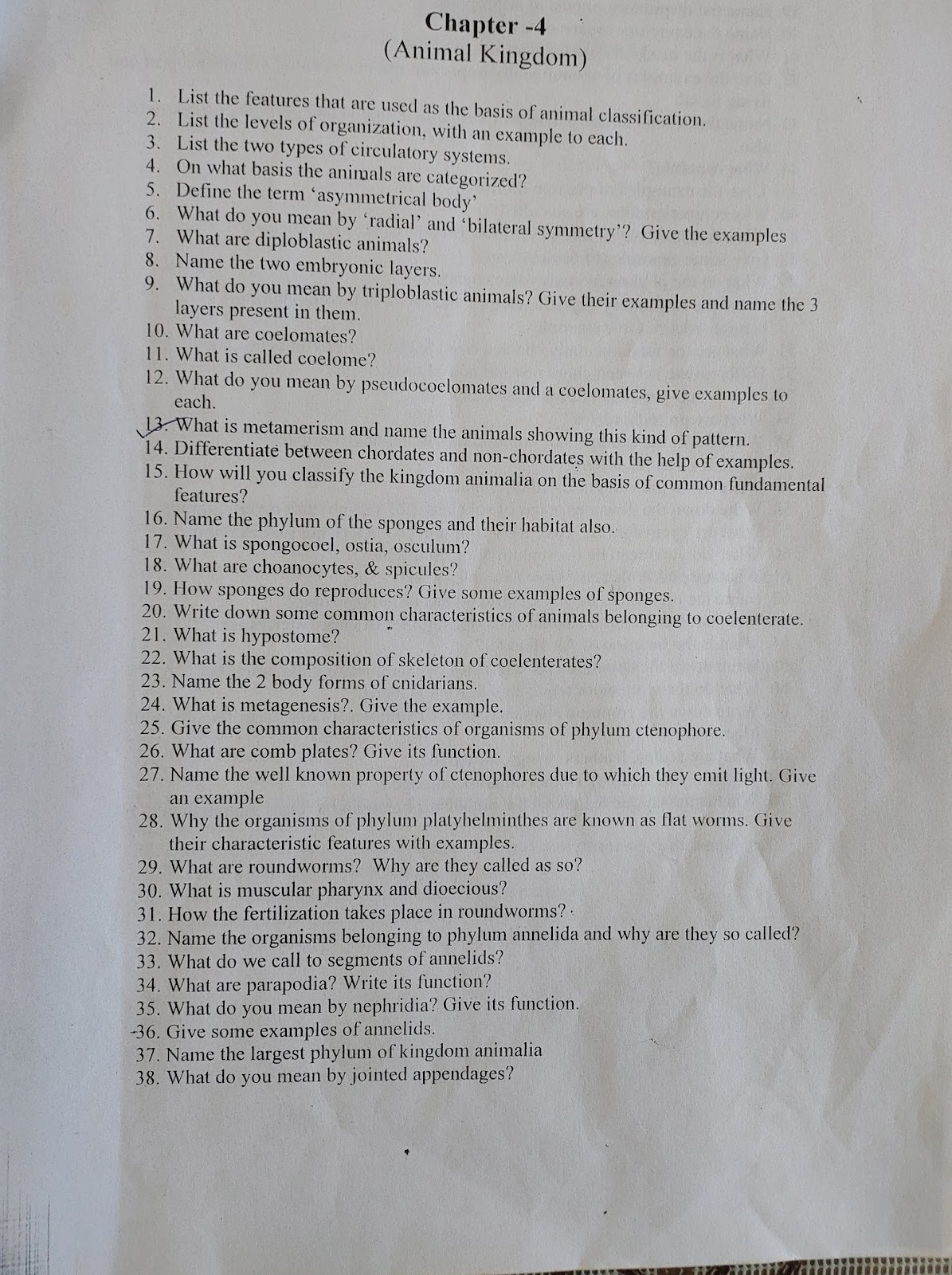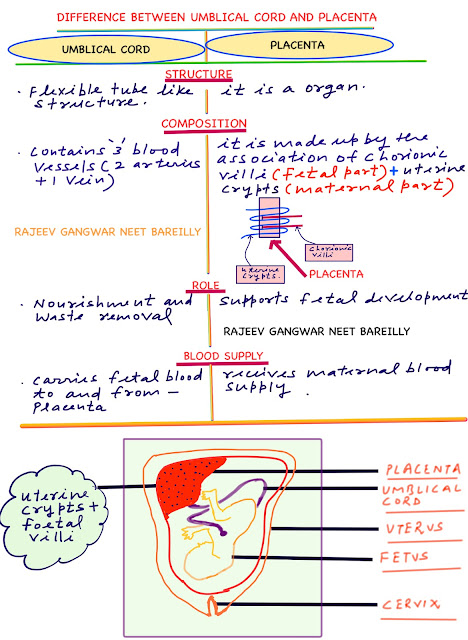Search This Blog
Total Pageviews
Labels
- CLASS XI BIO FOR BRIGHT
- CLASS XII BIO FOR BRIGHT
- AT A GLANCE NEET(BIO TOPIC WISE)/XI SERIES
- CLASS XI
- AT A GLANCE NEET(BIO TOPIC WISE)/XII SERIES
- CLASS XII
- BIO TRICKS #NEET
- CLASS XI CHAPTER WISE QUESTIONS
- BIOLOGY MCQ/NEET FOR PRACTICE
- CLASS X
- HUMAN PHYSIO
- ADOLESCENT EDUCATION PROGRAMME
- CLASS XI CBSE BIOLOGY CHAPTER WISE QUESTIONS 2017
- CYTOLOGY
- KV TEACHERS
- BIOMOLECULES
- CELLULAR RESPI
- EVOLUTION
- GENETICS
- HUMAN REPRODUCTION
- BIOLOGY TEST/CLASS XII
- GREEN SCHOOL PROGRAMME
- MCQ
- Question - Answer
- XI TEST SERIES
Labels
- CLASS XI BIO FOR BRIGHT (39)
- CLASS XII BIO FOR BRIGHT (28)
- AT A GLANCE NEET(BIO TOPIC WISE)/XI SERIES (22)
- CLASS XI (21)
- AT A GLANCE NEET(BIO TOPIC WISE)/XII SERIES (20)
- CLASS XII (17)
- BIO TRICKS #NEET (11)
- CLASS XI CHAPTER WISE QUESTIONS (9)
- BIOLOGY MCQ/NEET FOR PRACTICE (5)
- CLASS X (5)
- HUMAN PHYSIO (5)
- ADOLESCENT EDUCATION PROGRAMME (4)
- CLASS XI CBSE BIOLOGY CHAPTER WISE QUESTIONS 2017 (4)
- CYTOLOGY (3)
- KV TEACHERS (3)
- BIOMOLECULES (2)
- CELLULAR RESPI (2)
- EVOLUTION (2)
- GENETICS (2)
- HUMAN REPRODUCTION (2)
- BIOLOGY TEST/CLASS XII (1)
- GREEN SCHOOL PROGRAMME (1)
- MCQ (1)
- Question - Answer (1)
- XI TEST SERIES (1)
Friday, 29 December 2023
Sunday, 3 December 2023
Tuesday, 17 October 2023
Sunday, 15 October 2023
Saturday, 26 August 2023
Sunday, 30 July 2023
Friday, 28 July 2023
Wednesday, 26 July 2023
Saturday, 22 July 2023
Friday, 21 July 2023
Wednesday, 19 July 2023
Sunday, 16 July 2023
Saturday, 15 July 2023
Friday, 14 July 2023
Wednesday, 12 July 2023
Sunday, 9 July 2023
Saturday, 8 July 2023
Friday, 7 July 2023
Thursday, 6 July 2023
Wednesday, 5 July 2023
BOTTLENECK VS FOUNDER EFFECT 2023
|
DESCRIPTION |
Bottleneck Effect |
Founder Effect |
|
Definition |
A sharp
reduction in population size, often due to a catastrophic event or intense
selection pressure. |
A small
group of individuals establishes a new population, resulting in reduced
genetic diversity. |
|
Cause |
Natural
disasters, disease outbreaks, human activities, or sudden environmental
changes. |
Migration,
isolation, colonization, or small group formation. |
|
Population
Size |
Significant
reduction in population size, leading to a small surviving population. |
Start
with a small founding population, which becomes the basis for a new
population. |
|
Effects
on Allele Frequencies |
Random
changes in allele frequencies due to genetic drift. Some alleles may be lost
or become more prevalent than before. |
Limited
number of alleles carried by the founding individuals, leading to a skewed
representation of the original population's genetic makeup. |
|
Genetic
Diversity |
Loss of
genetic variation due to the limited number of survivors, resulting in
decreased diversity and increased genetic drift. |
Limited
genetic diversity due to the small number of individuals in the founding
population. |
|
Examples |
The
cheetah population reduced drastically, leading to reduced genetic diversity. |
One
notable example of the founder effect in India is the Parsi community. The
Parsis are a small ethnic and religious group that migrated from Persia
(modern-day Iran) to the Indian subcontinent around the 8th century. They
settled mainly in the region of Gujarat, particularly in the city of Mumbai
(formerly Bombay).. |
Monday, 3 July 2023
Sunday, 2 July 2023
Saturday, 1 July 2023
Tuesday, 27 June 2023
Cytology questions
- What is the fundamental unit of life in all living organisms?
- Define cell. How does the cell theory explain the existence of cells in all living organisms?
- Describe the differences between prokaryotic and eukaryotic cells.
- What are the main components of a cell? Explain the functions of each component.
- Define cell membrane and its importance in cell functioning.
- Explain the endomembrane system and its components.
- What is the role of the nucleus in a cell? Describe its structure and functions.
- What are plastids? Briefly explain the types and functions of plastids.
- Describe the structure and functions of mitochondria in a cell.
- Explain the process of cell division and the significance of mitosis.
All joints ...at a glance
| Joint Type | Description | Example |
|---|---|---|
| Ball-and-Socket | Rounded end of one bone fits into a cup-shaped socket | Shoulder joint |
| Hinge | Movement limited to a single plane (bending and straightening) | Elbow joint, knee joint |
| Pivot | Allows rotation around a central axis | Atlas-axis joint (between the first two vertebrae in the neck) |
| Gliding | Sliding or twisting motion between two flat surfaces | Wrist joint, ankle joint |
| Saddle | Convex and concave surfaces fit together like a saddle | Thumb joint |
| Condyloid | Oval-shaped end of one bone fits into an elliptical cavity | Wrist joint |
| Synovial | Joint surrounded by a joint capsule filled with synovial fluid | Most joints in the body, such as the hip, shoulder, and knee |
| Fibrous | Connected by fibrous connective tissue | Sutures of the skull |
| Cartilaginous | Connected by cartilage | Intervertebral discs between vertebrae |
| Fixed/Immovable | No movement allowed | Skull sutures |
Sunday, 25 June 2023
Biological parameters for NEET
Here are the normal values for some common biological parameters:
Blood sugar (glucose):
Fasting blood glucose: 70-99 mg/dL (3.9-5.5 mmol/L)
Random blood glucose: Less than 200 mg/dL (11.1 mmol/L)
Hemoglobin (Hb):
Male: 13.5-17.5 g/dL
Female: 12.0-15.5 g/dL
Urea:
Blood urea nitrogen (BUN): 7-20 mg/dL (2.5-7.1 mmol/L)
Cholesterol:
Total cholesterol: Less than 200 mg/dL (5.2 mmol/L)
LDL (low-density lipoprotein) cholesterol: Less than 100 mg/dL (2.6 mmol/L)
HDL (high-density lipoprotein) cholesterol: Greater than 40 mg/dL (1.0 mmol/L) for men, greater than 50 mg/dL (1.3 mmol/L) for women
Triglycerides: Less than 150 mg/dL (1.7 mmol/L)
NATIONAL PARK ..AT A GLANCE
| National Park | State | Famous For |
|---|---|---|
| Jim Corbett National Park | Uttarakhand | Oldest national park; Bengal tiger population |
| Kaziranga National Park | Assam | One-horned rhinoceros; significant elephant population |
| Ranthambore National Park | Rajasthan | Tiger population; ancient ruins |
| Sunderbans National Park | West Bengal | Largest mangrove forest; Bengal tiger population |
| Gir Forest National Park | Gujarat | Asiatic lions; successful conservation efforts |
| Bandhavgarh National Park | Madhya Pradesh | High tiger population density; ancient caves |
| Kanha National Park | Madhya Pradesh | Scenic beauty; wildlife diversity; inspiration for Jungle Book |
| Periyar National Park | Kerala | Picturesque lake; elephants and tigers |
| Sariska Tiger Reserve | Rajasthan | Tiger population; historical ruins |
| Keoladeo National Park | Rajasthan | UNESCO World Heritage Site; birdwatching paradise |
-
List of 20 investigatory project ideas for Class XI based on the NCERT syllabus: 1. Study of the Effect of Different Fertilizers on Plant Gr...
-
LIST OF INVESTIGATORY PROJECT/BIOLOGY/ CLASS XII project report on Human health, food and microbes Ecological study of western ghat ...
-
12 bio project topics 19-20 EASY .. 1. encephalitis 2. stem cells-new avenues of life 3. super bugs for plastic disposal 4. biodive...

























